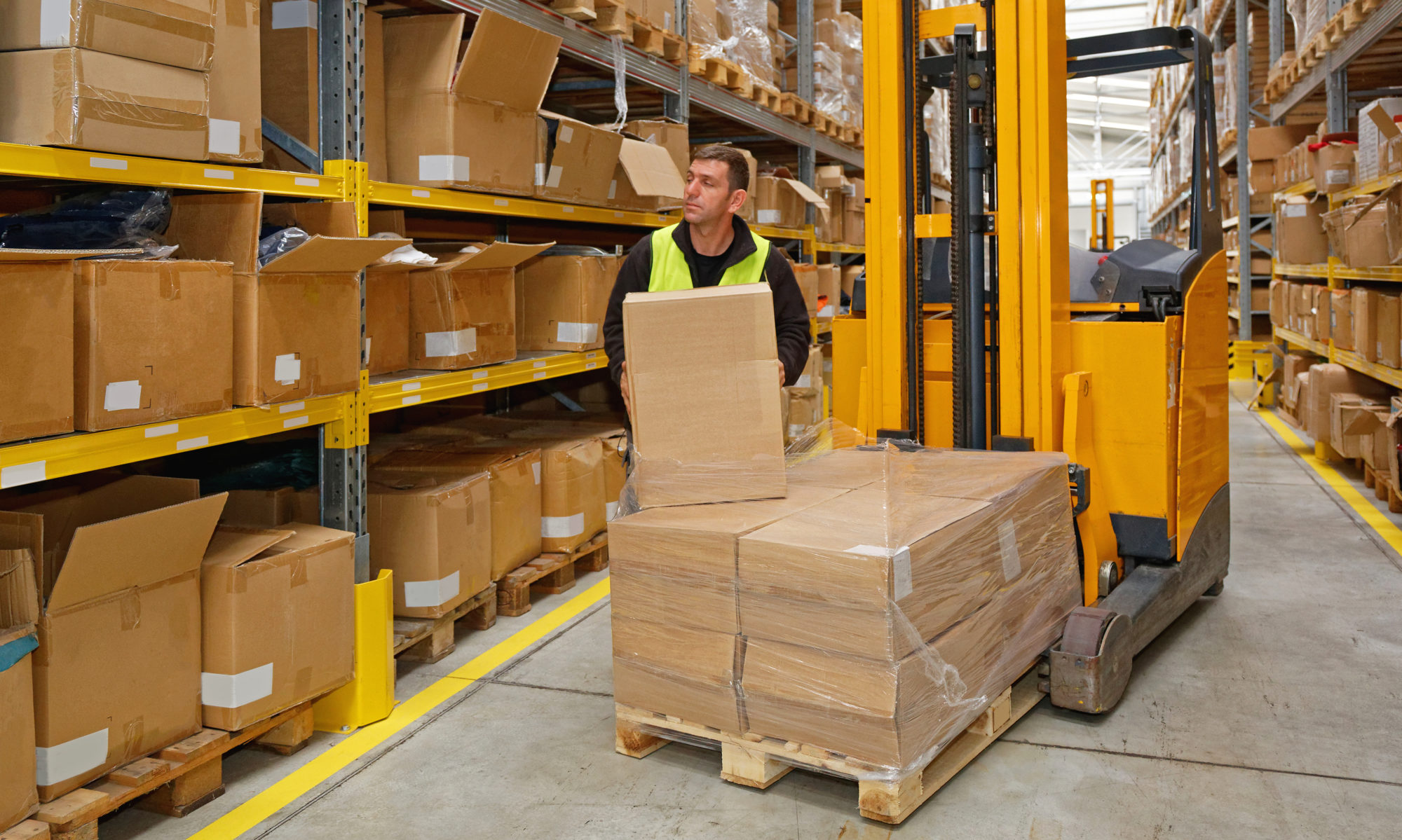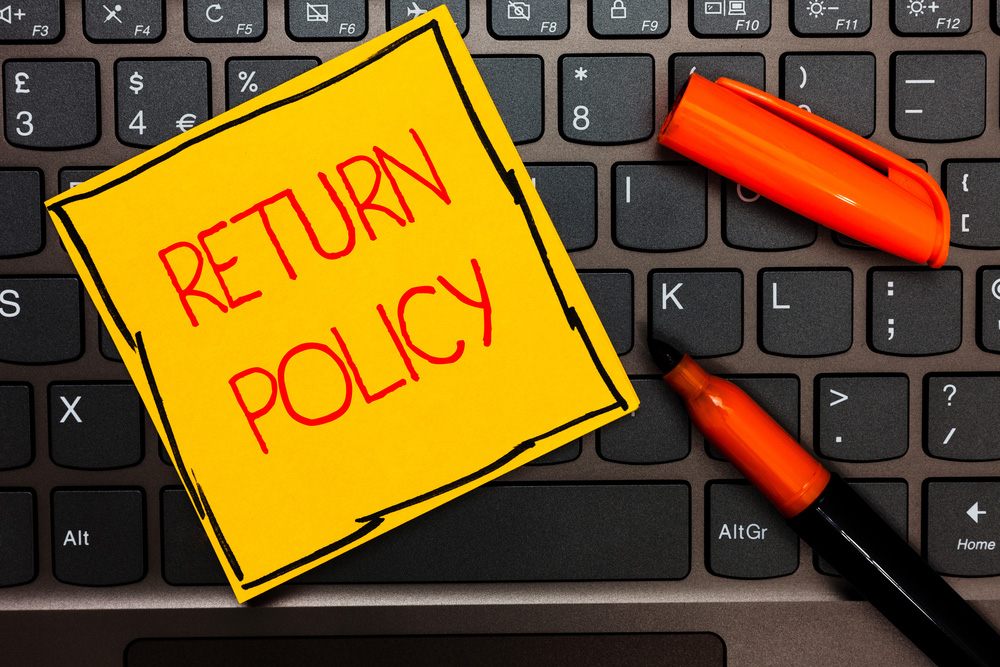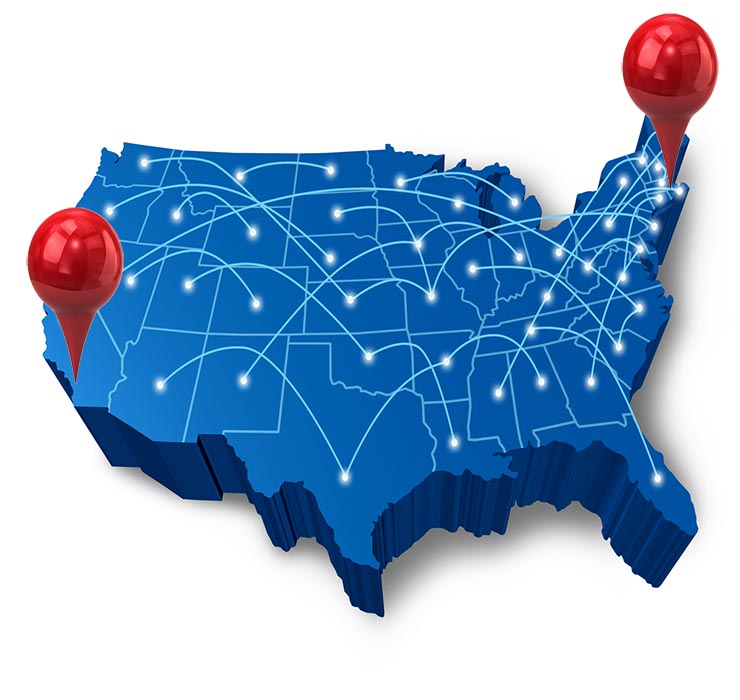We have been writing about return merchandise more and more throughout this year as the business of reverse logistics heats up to a record pace.
When 20% of your revenue is in a revolving door, forecasting can get pretty dicey. Add to that the overwhelming percentage of customers who expect easy, inexpensive return options, and it’s clear no business can overlook the power of reverse logistics.
Incidentally, if you like statistics, this article is going to be a fun read. The numbers on the subject are compelling, to say the least.
Breaking Returns Records
In the U.S. alone, Statista estimates return deliveries will cost $550 billion by 2020, an increase of more than 75% in four years. If that seems pretty bleak for the bottom line, let me point out that this figure does not include inventory loss or restocking fees.
The rate of returns is always higher during the winter holiday season. In 2019, UPS predicted an impressive number of returns even before Christmas Day even arrives… to the tune of 1.6 million per day. Merchandise is literally flying back and forth, changing hands constantly. For statistics fiends, this means there are more than 18 returns per second before the holidays are over.
January 2 is typically the biggest day for returns, forecast at nearly 2 million in 2019 (an increase of 26% in a single year). But online sales are only projected to increase by around 12% in 2019, which means returns are growing at twice the rate of online sales.
New Models
The current digi-centric commerce model relies on returns. According to Shopify, a full 90% of customers “highly value” free returns as a key factor in their buying decision. And nearly 70% avoid buying from companies that do not offer completely free returns.
Online sales returns are now averaging 20%, with 30% for holiday orders and even as high as 50% for “expensive items.” This is more than twice the rate of brick-and-mortar retails. Ironically, the physical storefronts often limit returns to re-saleable merchandise and simply put it back on the shelves.
Online Returns Are Another Species Entirely
Amazon encouraged a “no questions asked” returns policy, but has recently begun to address the overuse of the policy. Many of the returns cannot be resold and end up on liquidation sites. Small sellers on the giant platform may end up losing significant revenue if they cannot minimize returns, since they don’t always have the option to refuse and remain in good standing with Amazon. And with Fulfillment by Amazon sales, the decision is out of the seller’s hands entirely.
So what’s the bright side?
Benefits of Reverse Logistics
When handled correctly, reverse logistics can actually improve your bottom line as we described in our guest post at Storeya.
Planning for returns is actually quite similar to planning inventory requirements. If you address it ahead of time and have a strategy in place, there is nothing to fear. Although it’s hard to adjust the mind set, your business will benefit from letting go and embracing the inevitability of growing returns volume.
Get out ahead of the returns spiral by offering alternative programs. For instance, the Amazon wardrobe program allows customers to buy clothing with the intention of trying it on and only keeping what they like. It’s a perfect example of embracing the problem. This way, the business is prepared and can also charge accordingly.
Zappos is another company who made it a policy early on to accept returns, for free, all the time. And although they struggled operationally, the customer satisfaction rate was very high. They found that customers who returned the most also spent the most overall.
Reverse Logistics Strategies
Of course, the strategy will vary greatly depending on your business category. Apparel is the number one returned product category, with over 50% of these due to sizing issues. In this case, providing detailed sizing information up front can help cut down on the number of returns. And including accurate images from all angles, preferably with 3D viewing and human models helps too. Beyond that, designing a loyalty program around returns, similar to the examples above, mitigates the inventory loss and manages customer expectations.
For products that are easy to restock, such as DVDs and books, focus on the packaging and restocking needs and streamline the process so it makes a lesser impact. These items don’t expire and they rarely show wear, making it easier.
However, vitamin companies need to have a clear policy to avoid restocking expired (or close-to-expiring) products, which will only make a bad impression on the next customer to receive the item. This factor can impact the supply chain even earlier in the process, to manage inventory with longer shelf lives to allow for returns without gumming up the works.
Proactive Management
In some categories, it may make sense to build the cost of returns into product pricing. Since an average of 20% of merchandise will be returned, consider factoring this into the margins from the beginning. There are many elements to evaluate for improving reverse logistics flow.
Embracing the New Normal
The bottom line is returns are the new normal. How your business handles them can make all the difference between loss and gain.
When you are ready to explore options for fulfillment services, Medallion Fulfillment & Logistics and Sprocket Express are ready to step in and handle shipping and return processing.





